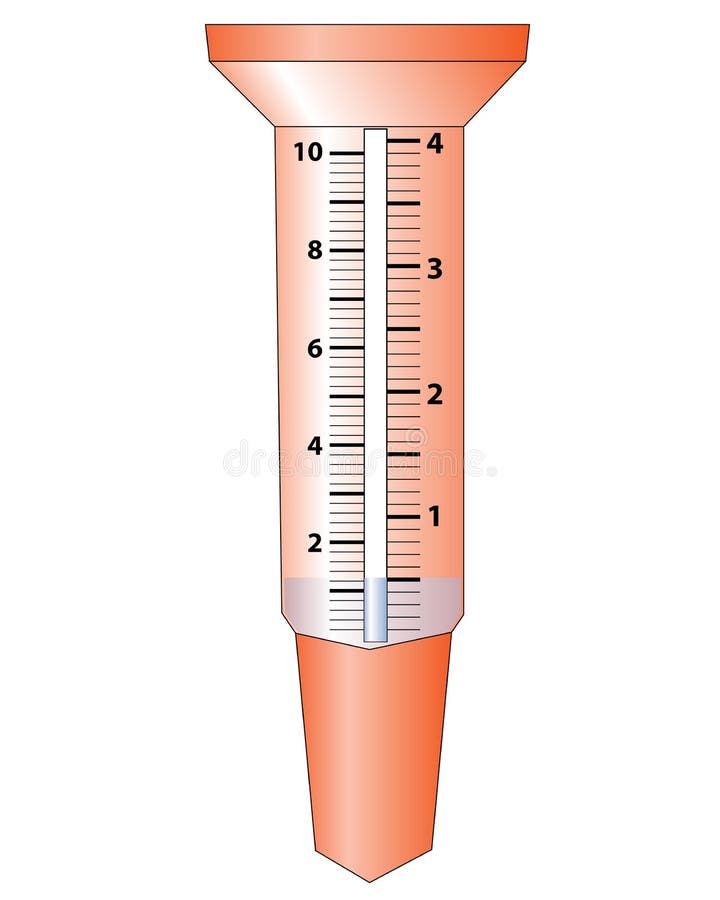How a Rain Gauge Can Improve Your Recognizing of Local Climate Patterns
Wiki Article
Revealing the Scientific Research Behind Rain Determines: Exactly How These Devices Play a Crucial Duty in Climate Study and Environmental Monitoring
Rain gauges, relatively simple tools, hold a profound importance in the world of climate research and ecological surveillance. These humble instruments silently collect among nature's most necessary elements-- rainfall. Yet, behind their unpretentious facade exists an intricate science that is important for recognizing the characteristics of our atmosphere. As we peel back the layers of this scientific veil surrounding rainfall gauges, we uncover a world where precision, data accuracy, and meticulous observation converge to unveil a deeper understanding of our changing environment and its influence on the earth.Significance of Rain Scales
Rainfall assesses play a crucial duty in tracking and measuring precipitation degrees, offering essential data for environment research study and evaluation. These gadgets are fundamental in evaluating the quantity of rainfall that takes place in a certain area over a particular period. By collecting and gauging rain, rain determines offer valuable understandings into the circulation and intensity of rainfall, helping meteorologists, hydrologists, and climatologists in comprehending climate patterns and patterns.
Among the crucial reasons rainfall gauges are critical is their capability to provide localized and accurate data. Unlike satellite or radar-based dimensions, which use broader monitorings, rain assesses offer exact information certain to the location where they are put. This local data is crucial for various applications, including flooding forecasting, drought surveillance, and water resource administration. Additionally, long-lasting information accumulated from rain assesses aids in evaluating environment adjustment impacts and patterns, contributing dramatically to scientific research and decision-making processes. Essentially, rainfall gauges act as crucial tools in the field of meteorology and ecological scientific research, playing an important duty in advancing our understanding of weather condition and climate dynamics.
Kinds Of Rainfall Scales

Performance and Operation
In the realm of environment research study and meteorological research click here to read studies, the effectiveness of rain determines lies in their detailed capability and specific functional devices. Rain evaluates are made to properly gauge the quantity of rainfall that drops over a details location during a set period.The performance of rainfall determines is based upon the principle of gauging and accumulating rainwater in a standard manner. This gathered why not try here information is vital for comprehending neighborhood weather condition patterns, tracking lasting climate patterns, and analyzing environmental influences. To ensure exact dimensions, rainfall evaluates requirement to be purposefully placed in open locations far from obstructions such as buildings or trees that might hinder the collection procedure.
The operational facet of rainfall evaluates involves normal upkeep to avoid debris build-up, calibration checks to keep dimension accuracy, and data videotaping for evaluation (rain gauge). In general, the performance and procedure of rainfall determines are vital for collecting dependable precipitation data vital to climate research and environmental tracking
Role in Climate Research
Given the vital relevance of exact rainfall measurements in comprehending weather condition patterns and environmental influences, the duty of rain gauges in environment research is crucial. Rainfall gauges provide crucial information for environment study by evaluating the quantity of precipitation that tips over a particular area during a given period. This information is critical for keeping track of long-lasting patterns in precipitation patterns, evaluating the impact of climate modification on rains circulation, and improving climate models.
Environment scientists make use of information accumulated from rainfall assesses to assess variations in precipitation levels, determine local environment patterns, and evaluate the efficiency of water source management approaches. By comparing historic precipitation information with present measurements, scientists can find changes in rainfall patterns, such as adjustments in the frequency or strength of rainfall events. This info is crucial for comprehending exactly how environment change is influencing precipitation characteristics and can assist policymakers make informed decisions concerning adaptation and reduction techniques.
Applications in Ecological Monitoring

In flood forecasting, rainfall scale data aids to track rains strength and distribution, enabling authorities to provide timely warnings and take necessary measures to mitigate flooding dangers (rain gauge). Learn More Here Drought monitoring counts on rainfall scale data to assess moisture degrees in the dirt and track precipitation deficits, aiding in the recognition of drought-prone areas and the application of drought feedback approaches
Additionally, rainfall gauge information plays an important duty in water resource administration by giving information on water accessibility and use trends. Furthermore, in farming, rain gauge information aids farmers in optimizing irrigation timetables, plant selection, and general ranch management practices based on regional rainfall patterns.
Final Thought
In verdict, rainfall gauges are important tools for determining precipitation, supplying useful information for climate research and environmental monitoring. With different types and performances, rain evaluates play a critical duty in recognizing rainfall patterns and their influence on the atmosphere. By precisely determining rainfall, these devices add to the development of scientific knowledge and aid in making educated choices associated to water resource monitoring and catastrophe preparedness.Rainfall evaluates play an important function in monitoring and determining rainfall degrees, giving necessary information for environment research and evaluation. The basic rain scale, understood as the "tipping bucket" scale, is one of the most generally utilized devices. Ultrasonic rainfall assesses use audio waves to find the existence of rain, giving real-time information on rainfall levels.Environment researchers utilize information collected from rainfall determines to evaluate variants in precipitation degrees, determine regional environment trends, and review the efficiency of water resource administration techniques.In verdict, rain determines are crucial tools for gauging precipitation, giving important information for climate study and environmental surveillance.
Report this wiki page